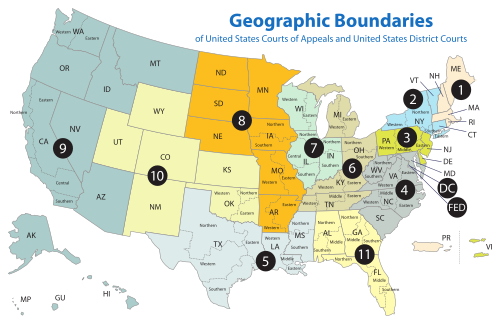Barrett v. United States
The defendant, Charles P. Barrett, was one of a group of men in Spartanburg, South Carolina, alleged to have been involved in a conspiracy to defraud companies selling items by mail order.
[1] The fraud was far reaching, as the trial court reported that parties coming to testify that they had been defrauded: ...came from New York and Chicago, from New Jersey and Pennsylvania, from Boston, Baltimore, and Atlanta, from Washington, Richmond, and Savannah, from Charlotte and Augusta...[1]Barrett and his co-conspirators were charged with conspiracy to defraud, and the trial was held in the United States circuit court in Columbia, South Carolina, before judge William H. Brawley.
The western district includes the counties of Lancaster, Chester, York, Union, Spartanburg, Greenville, Pendleton, Abbeville, Edgefield, Newberry, Laurens and Fairfield, as they existed February 21, 1823.
The Supreme Court, in a unanimous opinion written by Chief Justice Melville Fuller, held that Congress had never intended to divide South Carolina into separate judicial districts.
That decision, Matheson v. United States,[9] similarly held that no constitutional error occurred when a criminal defendant accused of a crime in one part of Alaska was prosecuted in another, the territorial court having been arranged in divisions.
Congress made a more explicit effort to subdivide the District of South Carolina on March 3, 1911, by 36 Stat.

